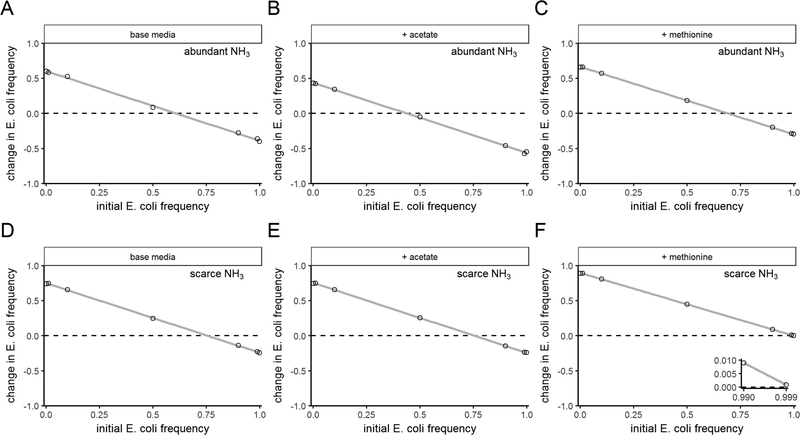Figure 2: Dynamic metabolic modeling predicts that coexistence of an obligate cross-feeder with its nutrient supplier depends on species identity and the abundance of the communal nutrient, ammonia.
Invasion-from-rare experiments using dynamic metabolic models in environments with ammonia concentrations that do not limit (A-C) or strongly limit (D-F) total community growth. Environments in (A, D) contained base media, (B, E) contained acetate added to base media, and (C, F) contained methionine added to base media. The y-axes show the change in frequency E. coli, as a function of the initial E. coli frequency. As in Fig. 1, trends that cross y = 0 with a downwards slope show mutual invasibility and therefore coexistence. The inset in (F) shows that S. enterica could not invade even when simulations began with a very high frequency of E. coli, because the E. coli frequency still increased. Lines are least-squares linear fits.

